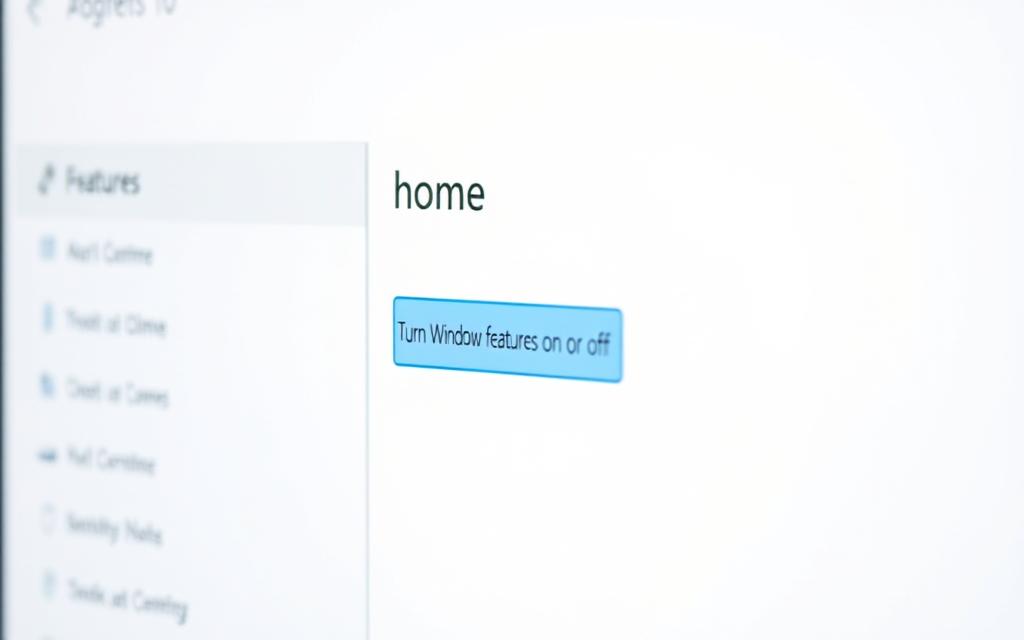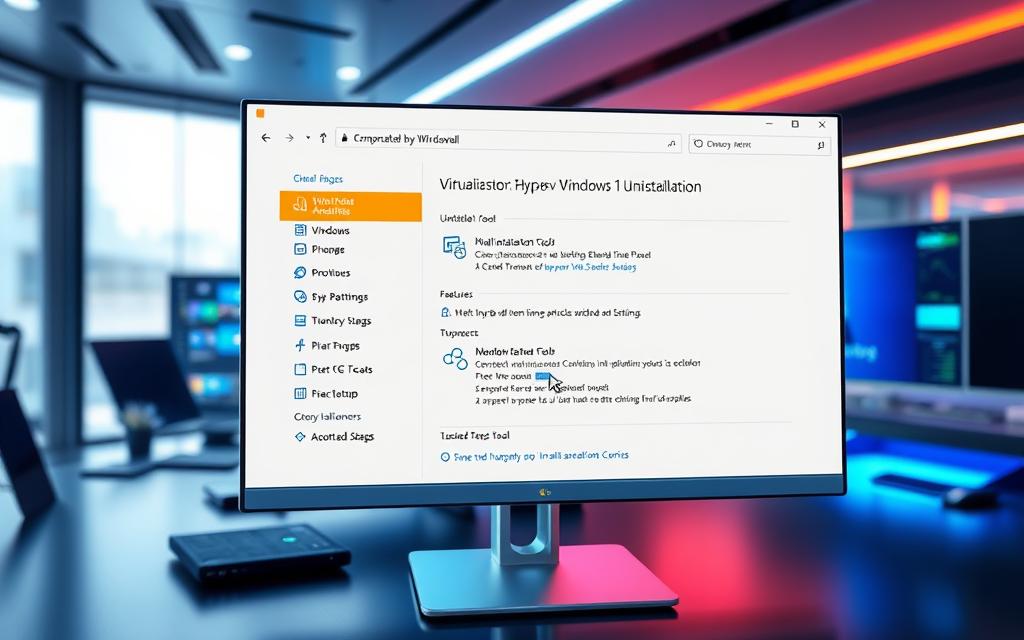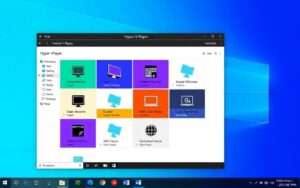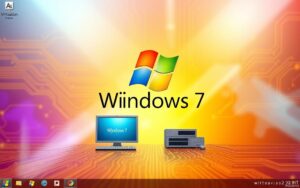Table of Contents
Want to uninstall Hyper-V from your Windows 10? You’re in good company. Hyper-V often comes pre-installed on Pro, Enterprise, and Education editions. However, it can cause issues with software like VMware Workstation and VirtualBox. The good news is, the Hyper-V uninstallation guide offers easy and advanced ways to remove it. You can use methods like the Control Panel or command line.
We’re here to show you how to remove Hyper-V Windows 10 easily. This info is useful for both Windows 10 and 11 users. Following these steps will lead to a better experience with alternative virtualisation tools. Let’s start the journey to improve your system’s performance by removing Hyper-V.
Understanding Hyper-V and Reasons to Uninstall
In today’s digital world, many come across Hyper-V as they explore virtualisation technologies. This section aims to explain what Hyper-V is and why some choose to remove it.
What is Hyper-V?
Hyper-V is a tool created by Microsoft. It helps users set up and manage virtual machines. Hyper-V lets you run several OS on one physical server, improving the use of resources. Its abilities include creating virtual networks and storage for complex virtual setups.
Reasons for Uninstalling Hyper-V
People uninstall Hyper-V for various reasons. Some find it slows down their system or it doesn’t work well with other software. Main reasons to remove it are:
- Poor system performance due to competing for resources.
- Necessity due to certain software requirements.
- Problems integrating with other virtualisation tools, which might be preferred.
Sometimes, the decision to remove Hyper-V is about wanting a simpler system setup. This is often true for those in professional or development roles.
Compatibility Issues with Other Software
Compatibility problems with Hyper-V are common, especially with apps like Oracle VirtualBox or VMware Workstation. These can clash with Hyper-V, sharing the same resources and causing issues. If you’re facing these problems, removing Hyper-V might be the solution to work with your chosen software.
windows 10 hyper-v uninstall: Using the Control Panel
Uninstalling Hyper-V on Windows 10 through the Control Panel boosts your system’s performance. It helps if you’re facing software issues or want to free up resources. This guide makes it easy to remove Hyper-V step by step.
Step-by-Step Guide to Uninstall Hyper-V via Control Panel
Start by opening the Control Panel. Look for the ‘Turn Windows features on or off’ option. Uncheck Hyper-V and related features for a complete uninstall. Then, reboot your computer to apply these changes. Doing this properly removes Hyper-V.
Verifying the Uninstallation Process
After restarting, you should check if Hyper-V is truly gone. Use the command line for this. Run systeminfo and msinfo32.exe commands to check for any active Hyper-V parts. This step makes sure your system is free of Hyper-V elements.
Dealing with Virtual Network Adapters
After removing Hyper-V, some virtual network adapters might remain. To clear them, go to Device Manager. Find and remove any vEthernet adapters related to Hyper-V. This is vital for a complete Hyper-V cleanup.

For extra help with Hyper-V issues, visit an informative website that covers the uninstallation process in depth.
Conclusion
Getting rid of Hyper-V can really help your computer run better and work well with different software. The easy-to-follow guides in this article explain how to remove Hyper-V using the Control Panel or PowerShell. It’s a process that’s easy enough for people who aren’t tech experts. This uninstalling Hyper-V summary shows how simple it is to remove it, helping users make their computers simpler and faster.
Also, this recap on Hyper-V uninstallation reminds us it’s important to check if your computer can handle running virtual machines smoothly. It’s not just a suggestion, but a necessary step to make sure your computer works at its best. If you run into issues, you might need to fix some settings, especially if they involve Hyper-V.
By taking Hyper-V off your system, you might see better performance and less trouble with other software. Making the right moves to uninstall is key for a better and more fun computing experience.
FAQ
What is Hyper-V?
Hyper-V is a Microsoft-developed type 1 hypervisor. It lets you create and manage virtual machines on one physical machine. This means several operating systems can run at the same time for better resource use and testing.
Why would I want to uninstall Hyper-V?
People might remove Hyper-V for different reasons. These include performance problems, clashes with other virtualisation software like VMware Workstation or Oracle VirtualBox, or the need for a clean operating setup.
How can I uninstall Hyper-V from Windows 10?
Uninstalling Hyper-V in Windows 10 is simple. Go to the Control Panel, click on ‘Turn Windows features on or off’, uncheck Hyper-V and its parts, and restart your computer. This finishes the uninstall process.
How can I verify that Hyper-V has been uninstalled successfully?
To check if Hyper-V is fully uninstalled, use the command line. Run `systeminfo` or `msinfo32.exe` to see if all Hyper-V components are gone from your system.
What should I do about leftover virtual network adapters after uninstalling Hyper-V?
Leftover virtual network adapters may remain after uninstalling Hyper-V. Solve this by going to Device Manager, finding, and removing any Hyper-V virtual network adapters. This ensures Hyper-V is completely gone from your computer.
Will uninstalling Hyper-V improve compatibility with other applications?
Yes, removing Hyper-V often makes your computer work better with other virtual machine platforms and software. This solves previous conflicts caused by Hyper-V’s use of resources.









